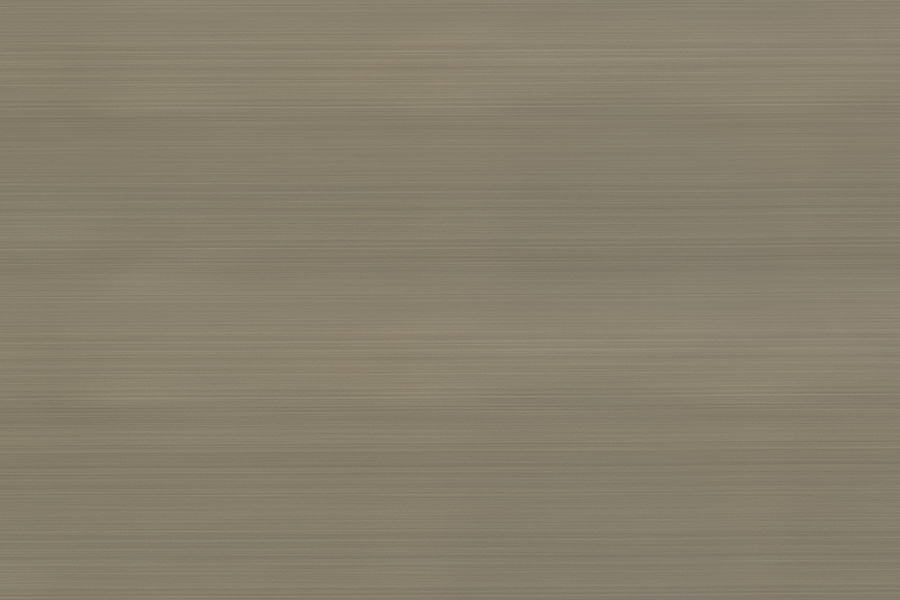Introduction to PETG Decorative Film In the realm of modern decorative materials, PETG decorative fi...
READ MORE- Wood-Grain PVC Printed Decorative Film 2
- Single Color PVC Decorative Film 2
- Car Paint Film 1
- Metal Brushed Decorative Film 2
- Time-Space Fantasy PVC Printed Decorative Film 2
- Cloth-Grain PVC Printed Decorative Film 2
- Faux Leather Texture PVC Decorative Film 2
- Stone Grain Pvc Printed Decorative Film 2
- PETG Decorative Film 2
Which surfaces are suitable for Metal Brushed Decorative Film?
Introduction to Metal Brushed Decorative Film
Metal brushed decorative film is a versatile material widely used in interior design, furniture, appliances, and automotive applications. Its ability to replicate the look of real metal surfaces while being lightweight and cost-effective makes it a popular choice. Selecting the appropriate surfaces for application is essential to achieve optimal adhesion, durability, and visual impact. This article explores which surfaces are most suitable for metal brushed decorative film and why proper surface preparation is critical.
Ideal Surfaces for Application
Metal brushed decorative film adheres best to smooth, clean, and non-porous surfaces. These surfaces allow the adhesive to bond effectively while providing a uniform appearance. Common materials include metals, plastics, glass, and laminated boards. The surface texture and material composition directly affect the film’s longevity and finish quality.
Metal Surfaces
- Stainless steel: Provides a perfect base due to its smooth, non-porous nature, enhancing the brushed effect.
- Aluminum: Lightweight metal that allows strong adhesion and a consistent finish.
- Other coated metals: Powder-coated or painted metals provide a durable and even surface for film application.
Plastic Surfaces
Plastics are widely used in furniture, appliances, and automotive interiors, making them ideal candidates for decorative film application. Smooth, hard plastics like ABS, PVC, and acrylic offer excellent adhesion. Films can be applied to curved or complex shapes without wrinkling when the plastic surface is clean and properly prepared.
Wood and Laminated Surfaces
Wood surfaces, especially those that are smooth, sealed, or laminated, can support metal brushed decorative film. Laminated particleboard, MDF, and plywood with a smooth finish provide a stable base. Proper sanding and priming are recommended to eliminate uneven textures or porosity, which can affect adhesion and the film’s visual consistency.
Glass and Ceramic Surfaces
Smooth glass or ceramic surfaces, often found in appliance fronts or decorative panels, can also be used for film application. These non-porous surfaces allow strong adhesive bonding and prevent air bubbles from forming. Films applied to glass benefit from an ultra-smooth finish and reflectivity that mimics real metal effectively.
Surface Preparation for Optimal Adhesion
Even the most suitable surfaces require proper preparation to ensure the metal brushed decorative film adheres effectively. Cleaning, smoothing, and removing contaminants like dust, grease, or moisture are critical. Any irregularities can result in bubbles, peeling, or inconsistent texture. Proper surface preparation extends the film’s lifespan and maintains its aesthetic appeal.
Cleaning and Degreasing
- Use mild detergents or alcohol-based cleaners to remove dust, oils, and residues.
- Ensure surfaces are fully dry before application to prevent air pockets or adhesion loss.
Sanding and Smoothing
- Lightly sand uneven surfaces on wood or painted materials to create a smooth base.
- Fill gaps or scratches to prevent the film from forming bubbles or wrinkles.
Surfaces to Avoid or Modify
Certain surfaces are less suitable for direct application without modification. Highly textured, porous, or dusty surfaces such as unsealed wood, rough concrete, or untreated fabrics can hinder adhesion and reduce the aesthetic appeal of the film. Pre-treatment such as priming, sealing, or smoothing may be necessary for these surfaces.
Porous and Textured Surfaces
- Rough concrete or brick: Requires smoothing or priming for film adhesion.
- Textured wood or painted surfaces: Sanding and sealing improve adhesion and finish quality.
- Fabrics or porous composites: Generally unsuitable without a rigid backing layer.
Applications Across Various Surfaces
By selecting the right surfaces, metal brushed decorative film can be used in a wide range of applications. Furniture panels, cabinet doors, appliance fronts, elevator interiors, automotive dashboards, and decorative partitions all benefit from the film’s metallic appearance. Smooth, clean surfaces ensure long-lasting adhesion and maintain the high-quality visual effect intended for commercial or residential projects.
Industry Applications
| Surface Type | Applications |
| Stainless Steel | Appliance fronts, elevator panels, decorative surfaces |
| Plastics (ABS, PVC, Acrylic) | Furniture panels, automotive dashboards, interior trim |
| Laminated Wood / MDF | Cabinet doors, partitions, decorative panels |
| Glass / Ceramic | Appliance panels, decorative inserts, furniture accents |
Conclusion
Metal brushed decorative film performs best on smooth, non-porous surfaces such as metals, plastics, laminated wood, glass, and ceramic. Proper surface preparation, including cleaning, smoothing, and sealing, ensures optimal adhesion, durability, and visual appeal. By selecting suitable surfaces, designers and manufacturers can maximize the aesthetic and functional benefits of metal brushed decorative film in both residential and commercial applications.

Interested in cooperation or have questions?
-

Don't hesitate to contact when you need us!
GET IN TOUCH
-
PRODUCT
Wood-Grain PVC Printed Decorative Film
Single Color PVC Decorative Film
Time-Space Fantasy PVC Printed Decorative Film
Cloth-Grain PVC Printed Decorative Film
Faux Leather Texture PVC Decorative Film
-
QUICK LINKS
-
CONTACT US
 No. 2 Yidu Road, Yizhuang Village, Guanlin Town, Yixing , Jiangsu, China.
No. 2 Yidu Road, Yizhuang Village, Guanlin Town, Yixing , Jiangsu, China.
 +86-0510-80773188
+86-0510-80773188
+86-18020301786 -
CONTACT
-


 English
English Español
Español عربى
عربى